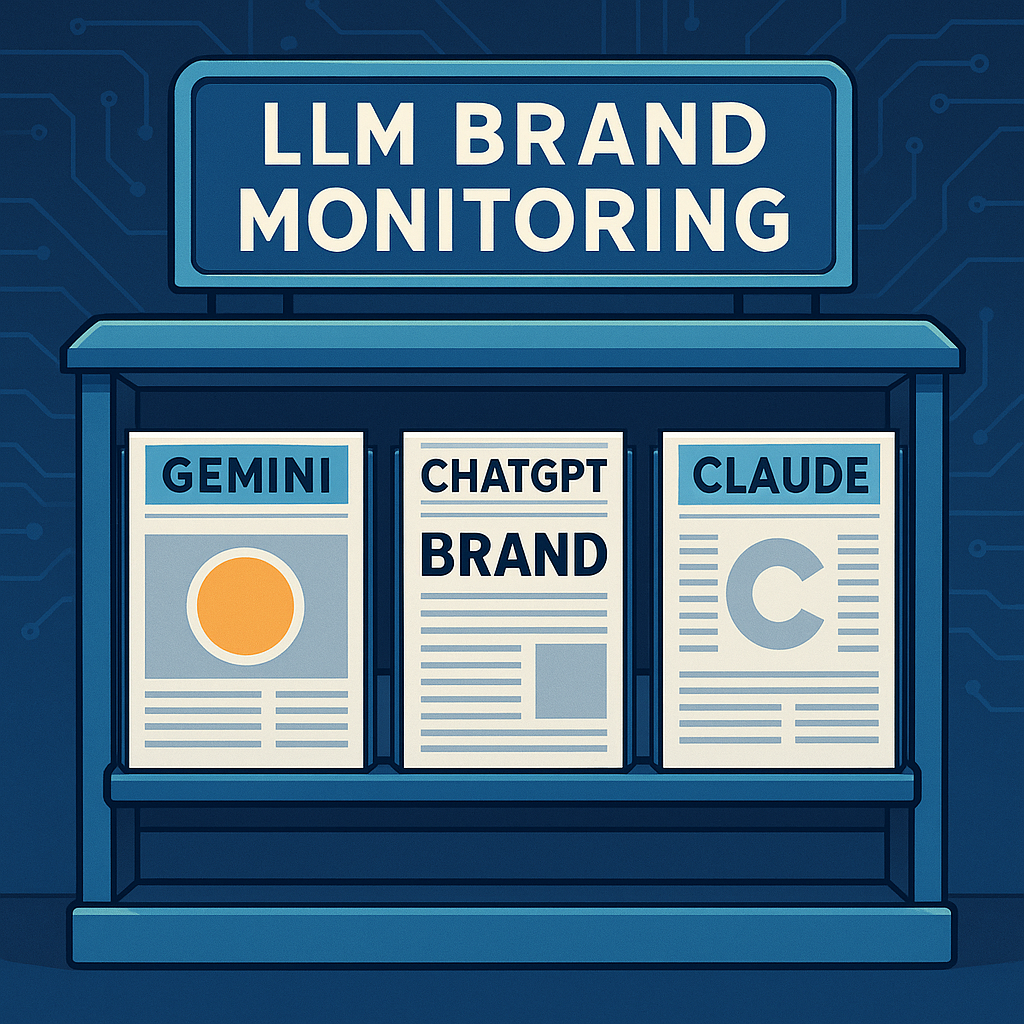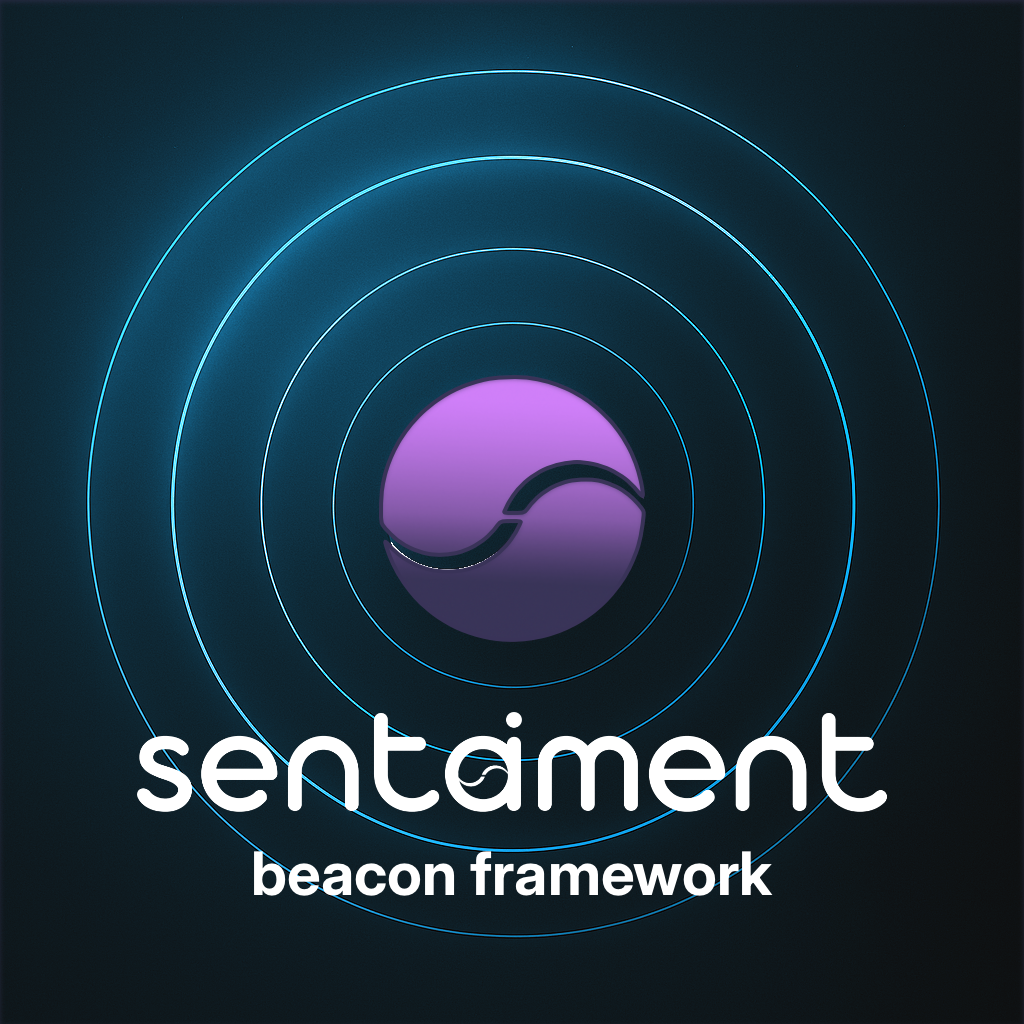Search is no longer just about Google rankings. In 2025, when someone asks ChatGPT, "What's the best project management software?" or tells Claude, "Give me three great PR firms," the answers they get don't come from a blue link. They come from large language models (LLMs). And those answers are shaping purchasing behavior more than ever.
Welcome to the age of Large Language Model Optimization (LLMO) — the next evolution of SEO.
What is LLMO?
LLMO stands for Large Language Model Optimization. It refers to the strategies, techniques, and data-driven insights used to optimize a brand's visibility and representation across generative AI platforms like ChatGPT, Gemini, Claude, Perplexity, and more.
Where traditional SEO focuses on how your brand appears in search engine results pages (SERPs), LLMO focuses on how your brand is understood, interpreted, and surfaced by AI assistants.
"As AI becomes the primary interface for knowledge discovery, optimization will shift from keywords to conversations." — Harvard Business Review
Why LLMO Matters Now
Generative AI models are now trusted sources for:
- Product recommendations
- Brand comparisons
- Industry education and insights
- Strategic decision-making
That means your brand needs to be discoverable not just in search but in the natural-language answers provided by LLMs.
A 2024 report from Gartner estimates that by 2026, over 40% of B2B buying decisions will be influenced by AI-generated content. And unlike Google, LLMs aren’t citing a list of 10 links. They're choosing a few brands—and leaving everyone else behind.
The Problem: You Don’t Know How Your Brand Shows Up
Ask ChatGPT, Gemini, or Claude what they know about your brand, and you may be surprised. You might not show up at all. Or worse, you might be misrepresented.
Most brands have no idea how they're showing up in these AI systems. They don’t track it, they don’t optimize for it, and they certainly don’t have a strategy to improve it.
How Does LLMO Work?
At its core, LLMO includes:
- Prompt testing: Asking LLMs questions your customers might ask to see how your brand is represented.
- Data coverage mapping: Understanding which articles, reviews, citations, and mentions are being used by LLMs to form opinions.
- Echo scoring: Measuring how consistently and positively your brand appears across models.
- Competitive analysis: Seeing how you stack up against competitors in generative answers.
- Content calibration: Creating and updating web and owned content to influence LLM training and retrieval.
"ChatGPT was trained on hundreds of billions of words from across the internet. Your brand narrative is only as good as the digital footprint that model sees." — MIT Technology Review
LLMO vs. SEO
In short: SEO gets you found in search. LLMO gets you found in answers.
LLMO is Brand Reputation at Scale
With over 280+ models ingesting content from the web, forums, reviews, and more, your brand's reputation is being constructed and echoed by AI systems daily. LLMO ensures that those echoes reflect the message you want to be heard.
Think of LLMO as the modern evolution of PR, reputation management, and SEO — all in one.
Who Needs LLMO?
LLMO is especially critical for:
- PR firms managing multiple clients or sub-brands
- Agencies wanting to improve client visibility in AI searches
- SaaS companies competing in crowded spaces
- Brands looking to maintain consistent voice and reputation
If your buyers are using AI to make decisions, then your brand needs to show up—correctly and consistently.
How to Get Started with LLMO
-
Audit your current AI presence
Ask ChatGPT, Gemini, and others about your brand. Log the responses. -
Track visibility and sentiment
Use a platform like Sentaiment to track how often your brand is mentioned, how it's described, and how you compare to competitors across LLMs and social platforms. -
Update your owned content
Make sure your site has clear, structured, and comprehensive content that AI can pull from. -
Influence third-party sources
Publish thought leadership, update profiles on forums, get reviews—anywhere LLMs may draw from. -
Monitor and iterate
LLMs evolve. So should your optimization strategy.
The Bottom Line
LLMO isn’t a buzzword. It’s the logical next step for any brand that wants to remain visible, credible, and competitive in a world where generative AI is becoming the first touchpoint in the buyer journey.
If your marketing strategy still stops at Google, you’re missing the conversation already happening.
“Generative AI is not replacing search—it’s redefining what it means to be found.” — Forrester Research
It’s time to optimize for the machines that talk back.
Need help measuring your brand's AI presence?
Sentaiment helps companies monitor and optimize brand perception across 280+ AI and social channels. Learn more at sentaiment.com.








